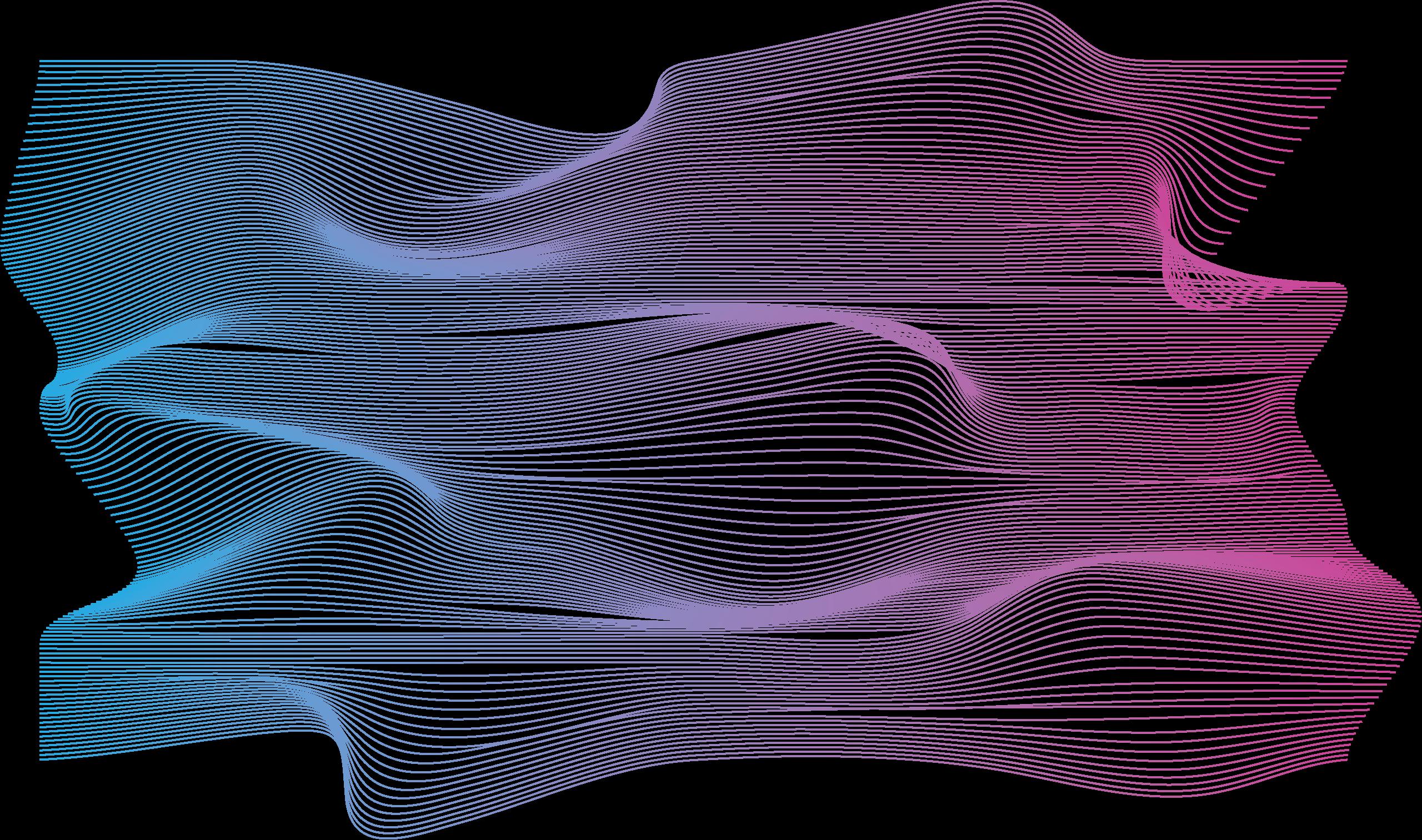
8 minute read
Do Memes Behave Like Viruses? Pierre Letellier
from Flux
Do Memes Behave Like Viruses?
BY PIERRE LETELLIER
Advertisement
Many internet memes go “viral.” Indeed, the action of memes spreading rapidly across the web evokes the concept of a spreading virus. In The Selfish Gene, Richard Dawkins defines memes as “evolutionary machines”.1 Material or not, these machines satisfy three criteria to stay alive: “variation,” “heredity,” and “selection.”
Genetics can be considered a meme: random mutations create variations within the gene pool, heredity ensures genes spread throughout a population, and the external environment acts as a filter by selecting advantageous characteristics. What about internet memes? One can see a meme, download it, and modify it. When the meme is reuploaded, there is a slight chance for it to “go viral.” Not every meme has success: when it is too specific or people are not persuaded to share it, it dies off and stays forgotten.
This bold statement that anything from genes to internet memes can behave in a biological way was recently supported by researchers exploring the “virality” of memes on the internet. They argue that


Figure 1: “Instagram,” ”Halloween,” and “Nyan Cat” on Google Trend, a big data tool which provides the number of times requests were entered into the google search bar across time.
there are two principles of internet user attention motivating the spread of popular internet content. The first is that internet users focus on what has already received attention. Contradictorily, the second, is that they are interested in what is new. These principles result in “a typical form of web success, where attention on certain elements concentrates, then disperses, and moves to new elements”.2
In 2011, researchers attempted a new method of modeling the growth of internet memes — an approach still being improved today.3,4 They were motivated by the idea that treating memes as viruses presents the opportunity to apply pre-existing epidemiological solutions to internet issues such as education, advertising, or the mitigation of fake news.
Using Google Trend — a big data tool that allows people to explore how the interests of internet users on certain topics evolve across time — researchers noticed how the curve of the Nyan Cat meme (see Figure 1) seemed familiar. It looked exactly like a pandemic infection over time.
First, the researchers stored the Google Trend data carefully. Then, they got off their computers to brainstorm a way to
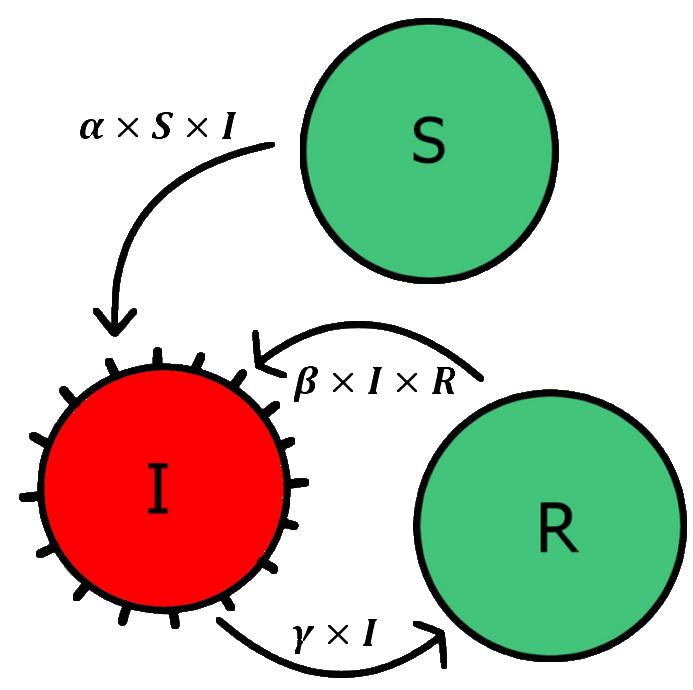
Figure 2: Schema of the logic behind the dif-
ferential equations of the SIR model. Here, the Infected (“I”) are the individuals who were “contaminated” by the meme; they google the topic, and have a chance “α” during their online interactions to share the meme and infect someone Susceptible (“S”). Out of boredom, a fraction “γ” of the infected people Recover (R) from the meme across time. However, there is still a chance “β” for them to get re-infected, if their interest is piqued again. Figure 3: Optimization of the model (line function) on the data (scatter plot). All of the curves are fit to as many of the dots extracted from Google Trend as possible.

verify the virality of memes. In order to mathematically account for the evolution of an epidemic, researchers used a computational model called the “SIR model.” It is part of a branch of compartmental models in epidemiology. It’s called “compartmental” because it divides the population into several categories. In the case of a pandemic, the categories are “susceptible,” “infected,” and “recovered.” There is also a way for people to move from one category to another, over time. This is what differential equations do: they compute the difference between one state and another.
Now that they have a theoretical model and data, researchers can test their model with a bit of code. The searchers did not share the source code of their optimization method. However, a way to replicate the approach is to try many different combinations of these parameters α, γ, β, and keep the epidemiologic model which is the closest to the Google Trend data. The code loops every combination of α, γ, β and computes each model. Then, it estimates the correlation between the Google Trend data and the model and saves the model with the highest correlation. This process is a “brute-force” algorithm, since it relies on sheer computing power and trying every possibility rather than more efficient algorithms.
After a bit of waiting and a few iterations, this method found that the epidemiologic model provided excellent fits for the memes “Gangnam Style” and “Grumpy Cat”. However, it also found that the Goo-
gle search “Math” does not provide a good fit for the model. Therefore, “Math” does not behave like a virus, even if the model does its best to fit (p-value > 0.05).
The “Gangnam Style” meme has a higher infection factor “α” than Grumpy Cat (5 > 4), indicating that the song spreads with greater efficiency. However, the recovery factor “γ” is also more significant for Gangnam style than for Grumpy Cat (0.75 > 0.55). This means that people got tired of Gangnam Style quicker!
Now is the time for some analysis. What does all of this mean?
Susan Blackmore’s book The Meme Machine serves as a surprising introduction to “memetics.”5 This proposed field of research explores the question of evolution in a broader perspective. It applies evolutionary theory to the spread of culture just like it was applied to the spread of ideas, rumors, and ideology.6,7,8 Under
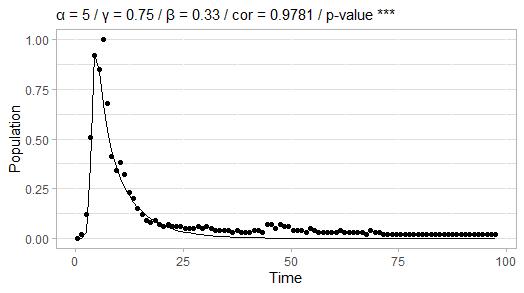
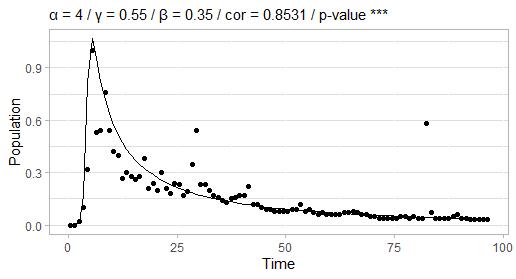


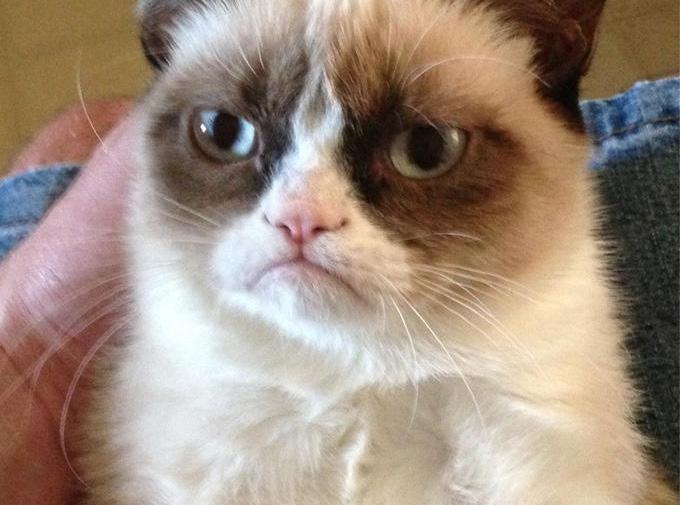
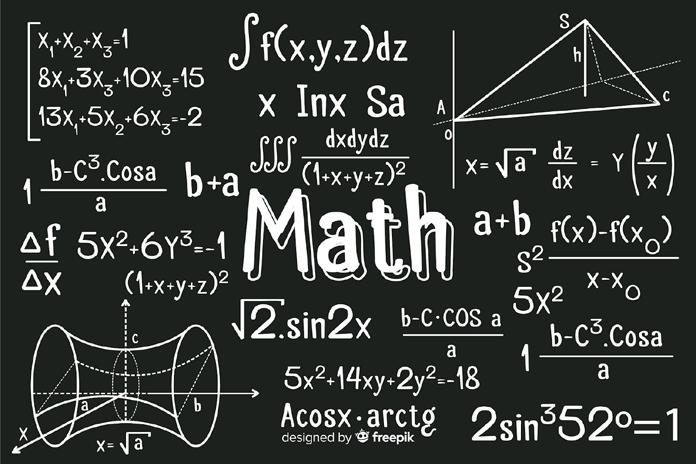
this paradigm, the vast majority of cultural concepts come from memes: all music, history, language are principles vary by mutation, transmit by heredity, and are selected by the environment. In fact, religion is arguably one of the first memes in history.9 For Dawkins, the meme is “selfish” because it lives through us, at our expense. Blackmore and Dawkins invite us to follow the point of view of the meme. To memes, humans are nothing more than “copying machines.’’ For instance, some physically harmful memes can live at our expense. Many dangerous internet challenges require us to perform something and then to nominate other people to do it in turn. For example, the “Ice Bucket Challenge”: once nominated, people have to pour a bucket of ice over their heads, and then donate in the next 24 hours to the Motor Neurone Disease Association. Even if at least one death has been linked to the challenge, the scale of this meme was so enormous that President Obama himself had to speak on the subject.10 He refused to participate despite his nomination — and still donated! This confirms how the virality of ideas can be strategically used to serve a purpose, and
can also be harmful to humans.
All of this said, Blackmore’s memetics field is not recognized by most researchers in the social sciences. It is considered a failed paradigm. Rather, scientists now use the concept of cultural evolution, which offers a similar set of ideas.11
Everything in our culture — from language to our most complex scientific concepts — is the result of evolution.12 These principles, or memes, have been modified over many generations to provide us today with extremely powerful and refined conceptual tools. What makes humans so intelligent when compared to other animals is our collective intelligence and our cumulative and evolving culture!13 Individually, nobody is omniscient; we always rely on past knowledge to build new ones. Memes are a good example of this principle. Understanding the evolution of memes is like understanding the deep logic of our culture.14
REFERENCES
1. Thomas Beauvisage, Jean-Samuel
Beuscart, Thomas Couronné and
Kevin Mellet (2011). Is success on the internet based on contagion? An analysis of research on virality, Tracés.
DOI: 10.4000/traces.5194 2. Wang, L., Wood, B. C. (2011). An epidemiological approach to model the viral propagation of memes.
Applied Mathematical Modelling, 35, 5442–5447. https://doi.org/10.1016/j. apm.2011.04.035 3. Adam Lonnberg, Pengcheng Xiao,
Kathryn Wolfinger, (2020). The growth, spread, and mutation of internet phenomena: A study of memes, Results in Applied
Mathematics, Volume 6, https://doi. org/10.1016/j.rinam.2020.100092. 4. Blackmore, Susan J. (1999). The meme machine. Oxford [England]:
Oxford University Press, ISBN 0-19850365-2 5. R. Dawkins. (1976). The Selfish
Gene, Oxford University Press. ISBN: 9780198788607 6. L.M.A. Bettencourt, A. Cintrón-
Aias, D.I. Kaiser, C. Castillo-Chávez, (2006). The power of a good idea: quantitative modeling of the spread
of ideas from epidemiological models, Physica A 364 513–536. DOI: 10.1016/j.physa.2005.08.083 7. K. Kawachi, (2008). Deterministic models for rumor transmission,
Nonlinear Anal.: Real World Appl. 9 1989–2028. DOI: 10.1016/j. nonrwa.2007.06.004 8. F.J. Santonjaa, A.C. Tarazonaa, R.J.
Villanueva, (2008). A mathematical model of the pressure of an extreme ideology on a society, Comput. Math.
Appl. 56. Volume 56, issue 3, pages 836–846. ISSN 0898-1221, DOI: 10.1016/j.camwa.2008.01.001. 9. Radim Chvaja (2020). Why did memetics fail? Comparative case study. Perspectives on Science. 28 (4): 542–570. doi:10.1162/posc_a_00350. 10. Alex Mesoudi. (2011). Cultural evolution: how darwinian theory can explain human culture and synthesize the social, Broché, 1 septembre 2011.
ISBN: 9780226520452 11. Gayon, Jean. (2015). Cultural evolution, theories and models,
Jean-François Dortier éd., Révolution dans nos origines. Éditions Sciences
Humaines, pp. 352-365. ISBN : 9782361063245 12. Durham, W. (1991). Coevolution: genes, culture and human diversity.
Stanford: Stanford University Press.
Chapter 5. ISBN: 9780804715379.
IMAGE REFERENCES
1. Instagram. Instagram Logo, 2016. 2. Toby Ord. Jack o’ Lantern, 2003. 3. Christopher Torres, prguitarman,
Nyan Cat screenshot, 2012. 4. The Brave Fighter of Sun Fighbird, screenshot, 1991. 5. Park Jai-Sang, Yoo Gun-Hyung, youtube, Gangnam Style 2012. https://www.youtube.com/ watch?v=9bZkp7q19f0. 6. Bryan Bundesen, Grumpy Cat, 2012. 7. Designed by Freepik, https://www. freepik.com/free-photos-vectors/ background.
Reviewed by Abi Rajan (UC Berkeley Mathematics Department)








